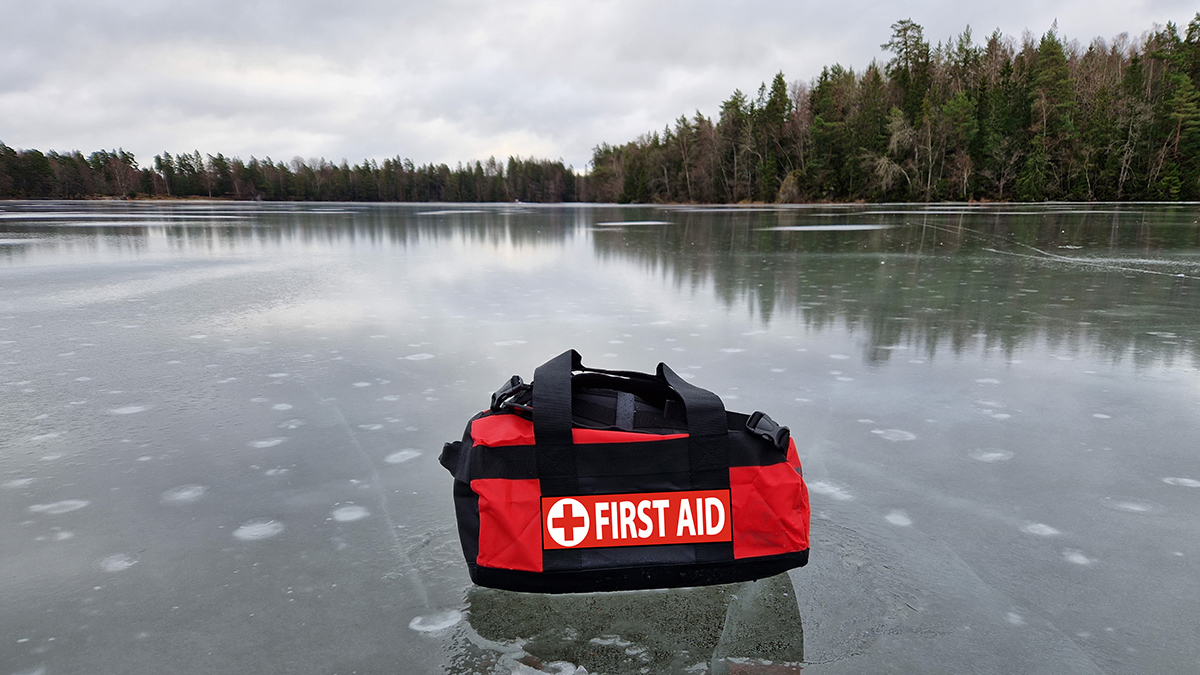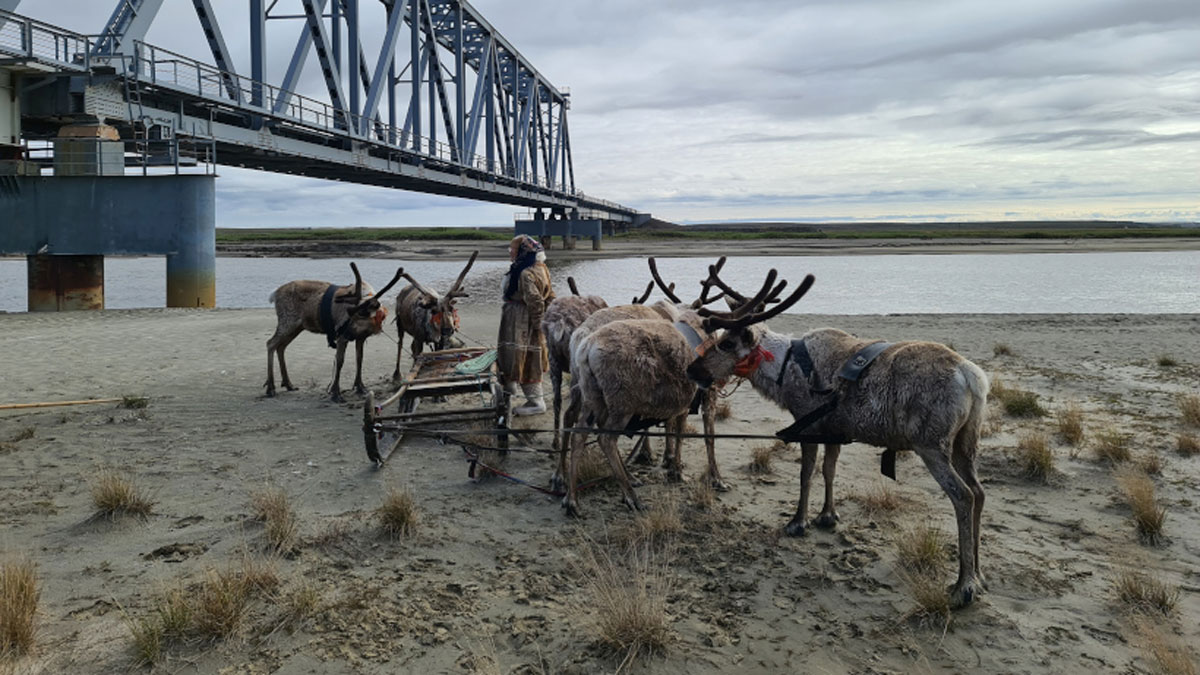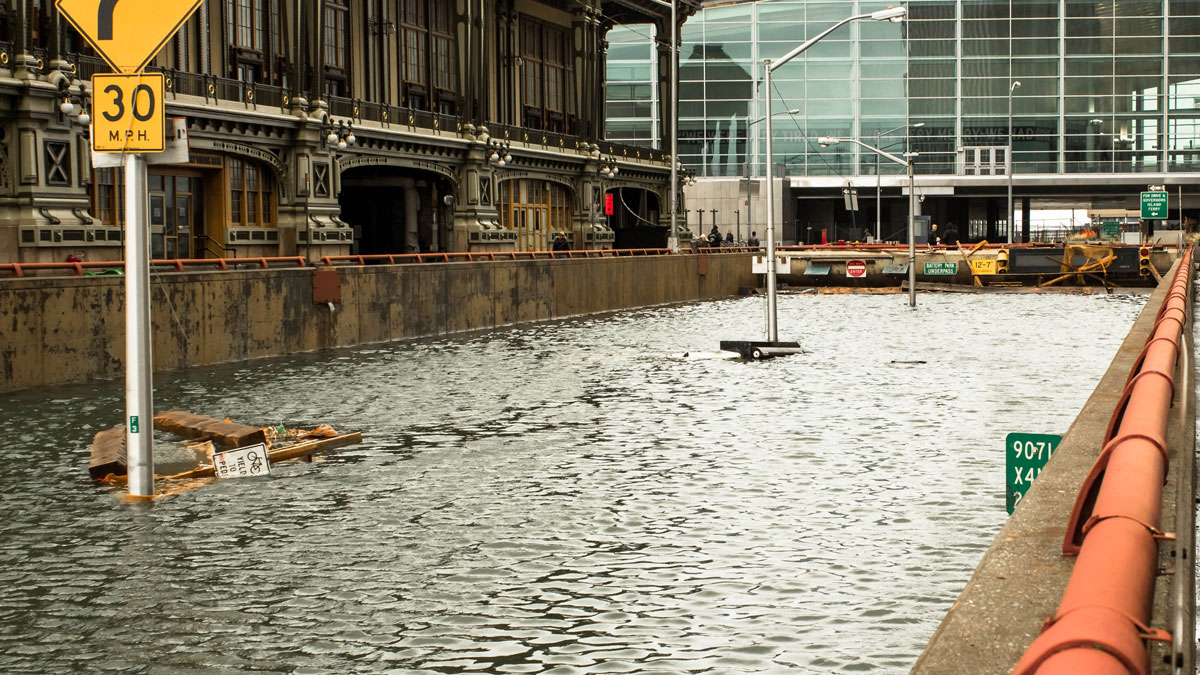湖泊正面临着一系列可能成为长期问题的健康问题。人类健康保健策略会有所帮助吗?
Research Spotlights
Research spotlights are plain-language summaries of recent articles published in AGU’s suite of 24 journals.
Tsunami Sands Help Scientists Assess Cascadia Earthquake Models
With evidence from new sediment cores, researchers tested the performance of various models of the 1700 CE megathrust earthquake.
Jupiter’s Magnetosphere Has a Semi-Open Relationship with the Solar Wind
Computer simulations and data from NASA’s Juno mission reveal information about the relationship between solar wind and Jupiter’s massive magnetosphere.
Earth’s Subduction May Have Been Triggered by the Same Event That Formed the Moon
The giant impact that formed the Moon may also have led to extrastrong mantle plumes that enabled the first subduction event, kick-starting Earth’s unique system of sliding plates.
Tiny Satellites Can Provide Significant Information About Space
Students and faculty at the University of Colorado Boulder use CubeSats to learn more about the near-Earth environment.
The Secret to Mimicking Natural Faults? Plexiglass and Teflon
Researchers found an effective way to produce natural fault behavior in the laboratory.
Convergence Science in the Arctic
Focusing on climate change and industrialization in Siberia’s Yamal Peninsula, researchers developed science questions that aim to reach far beyond any single discipline.
Alerting Communities to Hyperlocalized Urban Flooding
A high-accuracy, low-cost sensor network may change the way urban floods are detected and monitored.
Looking for Life on Enceladus: What Questions Should We Ask?
On icy ocean worlds, a research framework built around the theory of organic chemical evolution could surface deeper insights than a hunt limited to direct evidence of life.
How Mantle Movements Shape Earth’s Surface
Two new data sets help researchers tease apart the influences of plate tectonics and mantle movement on surface topography.










